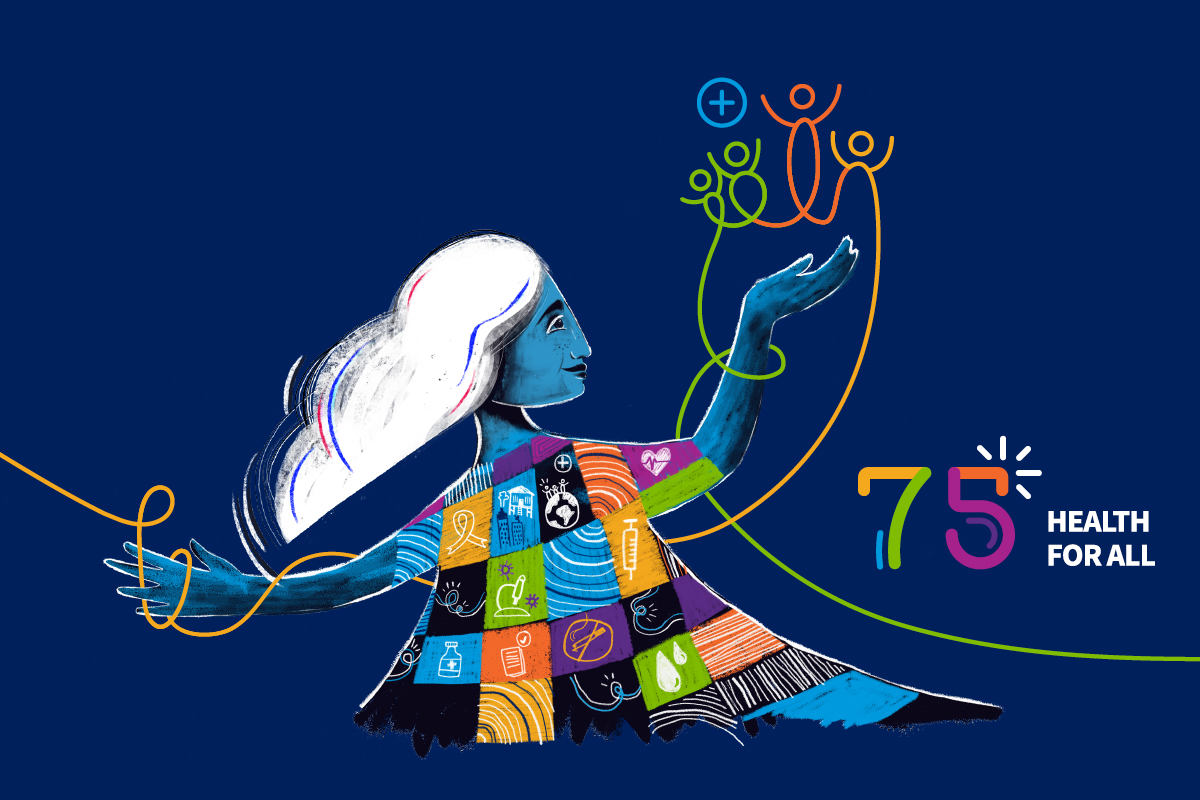At some point in the future, 2020 may be judged as a watershed year for digital health and virtual care. COVID-19 created an urgent need to deliver care while keeping people apart, prompting a rapid pivot to providing virtual care using several different forms of technology: from videoconferencing platforms, to remote patient monitoring devices, to the humble telephone.
My colleague Katie Bryski and I were fortunate to speak with two dynamic Canadian physician leaders in the virtual care space: Dr. Natasha Deshwal, a family physician from Bedford, Nova Scotia; and Dr. Ramana Appireddy, a neurologist from Kingston, Ontario. Looking at the clinical shift towards virtual care, they provided their reflections on the year that was, and some advice for the year ahead.
When the WHO declared a pandemic on March 11, 2020, health professionals moved with unprecedented speed to ensure their patients could continue to access care. Almost overnight, clinics’ doors were closed, and digital workarounds implemented, all in an effort to slow the virus’s spread. “It was scary pivoting,” recalls Dr. Deshwal. In the face of many unknowns then surrounding COVID-19, workflows were upended, with new tools pressed into service.
The swiftness of this sea-change stands out. “It was a huge challenge for us to rapidly transition to virtual care,” says Dr. Appireddy. “But we were able to do that within two to three weeks.” Nor is the process finished: “We’ve learned a lot along the way, and we continue to improve processes and workflows.”
Adapting to those new workflows — whether learning how to document virtual visits, or simply remembering to drink water between patients — has offered the opportunity to critically examine best practices in care delivery. In Dr. Deshwal’s words, “We’ve really had to rethink how we look at medicine and how we deliver medicine, and look at what we really need, versus what we always thought — or were trained to believe — we need.”
These “lessons learned” have implications for upcoming generations of health care professionals, too. Dr. Appireddy observes that medical education has expanded to include, “Not just clinical care, but clinical care through the lens of virtual care.” New health professionals will need new toolkits and skillsets for the next generations of virtual care — a truth already apparent in his work with undergraduate and postgraduate students.
Indeed, as I consider this year, I can’t help but think that even though virtual care isn’t new, we are in its infancy. Moving into 2021 and beyond, we must work together to make digital health tools better and easier to use for patients and clinicians, reducing fragmentation of care and enhancing a patient-centred health system.
Most importantly, we must make sure that no one is left behind in the transition to virtual care. Perhaps our collective New Year’s resolution might be to work towards closing the digital divide and ensuring that equitable access to the health system is maintained.
What are your thoughts? Be sure to tune in to the first part of our conversation with Dr. Deshwal and Dr. Appireddy in a recent podcast, and have a happy, healthy holiday season.
Have a comment about this post? We’d love to hear from you.





